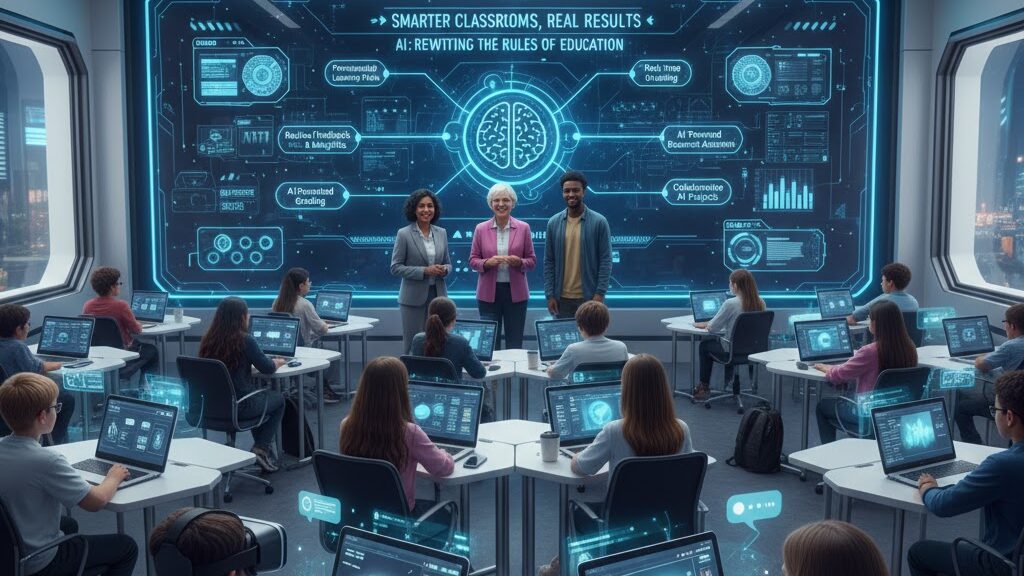
Source
The Conversation
Summary
Chris Wegemer warns that universities’ accelerating embrace of AI through corporate partnerships may erode academic independence and their public service mission. High-profile collaborations—such as those between Nvidia and the University of Florida, Microsoft and Princeton, and OpenAI with the California State University system—illustrate a growing trend toward “corporatisation.” Wegemer argues that financial pressures, prestige-seeking, and the decline in enrolment are driving institutions to adopt market-driven governance, aligning higher education with private-sector priorities. Without transparent oversight and faculty involvement, he cautions, universities risk sacrificing democratic values and intellectual freedom for commercial gain.
Key Points
- Universities are partnering with tech giants to build AI infrastructure and credentials.
- These partnerships deepen higher education’s dependence on corporate capital.
- Market and prestige pressures are displacing public-interest research priorities.
- Faculty governance and academic freedom are being sidelined in AI decision-making.
- The author urges renewed focus on transparency, democracy, and public accountability.
Keywords
URL
Summary generated by ChatGPT 5





